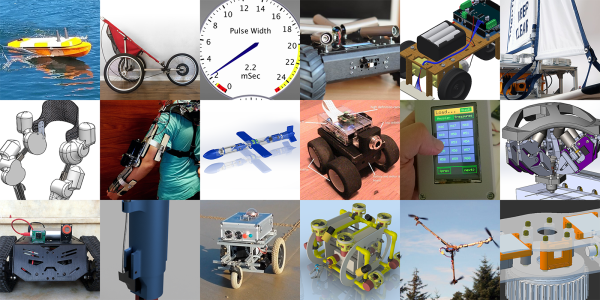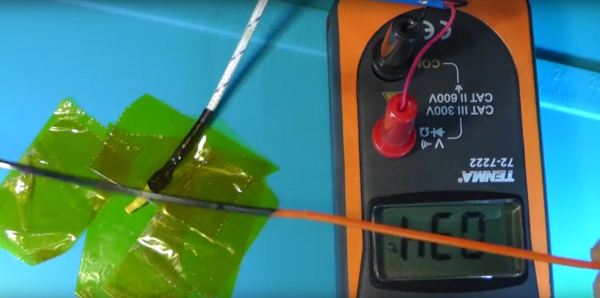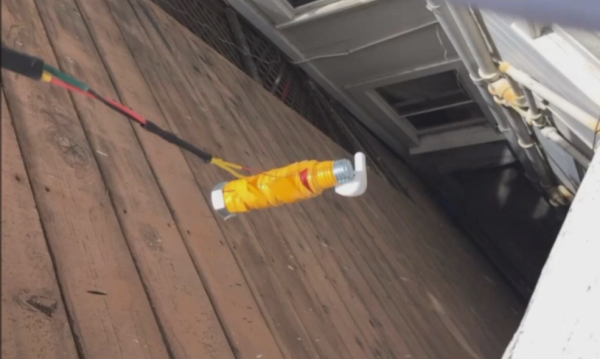Today, we’re excited to announce the winners of the Wheels, Wings, and Walkers portion of The Hackaday Prize. We were looking for the next generation of robots, drones, machines that make machines move, and hackers who now know far too much about inverse kinematics. The results were spectacular.
Hackaday is currently hosting the greatest hardware competition on Earth. We’re giving away thousands of dollars to hardware creators to build the next great thing. Last week, we wrapped up the third of five challenges. It was all about showing a design to Build Something That Matters. Hundreds entered and began their quest to build a device to change the world.
There are still two more challenges in The Hackaday Prize. If you’re working on Assistive Technologies, the time is now, with this portion of the Prize ending September 4th. After that, Anything Goes. The Anything Goes challenge is the catch-all, and we’re looking for the best projects, full stop.
The winners of the Wheels, Wings, and Walkers challenge are, in no particular order:
Wheels, Wings, and Walkers Hackaday Prize Finalists:
- Archelon ROV
- Open Source Underwater Glider
- rDUINOScope Boiana
- ALICE: Robotic Exoskeleton
- InspectorBot
- Robo-Dog
- RoadRunner – Powered Running Stroller
- Ultra Servo
- Bloodhound: Autonomous Radiolocation Drone
- Assistive Exoskeleton Arm (ExoArm)
- 6-Axis Micro Manipulator
- n3m0 the autonomous boat
- Staircane
- SafeRanger
- EVPR: Electric Variable Pitch Rotor
- NAVI – Hey, Listen!
- E.R.N.I.E.
- OpenTransat
- Speeduino
- Pablo Odysseus
Continue reading “These Twenty Wheels, Wings, And Walkers Won $1000 In The Hackaday Prize”


















